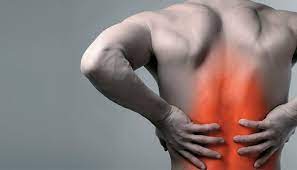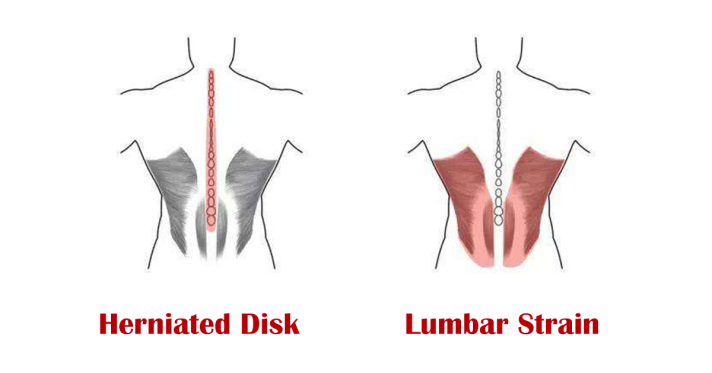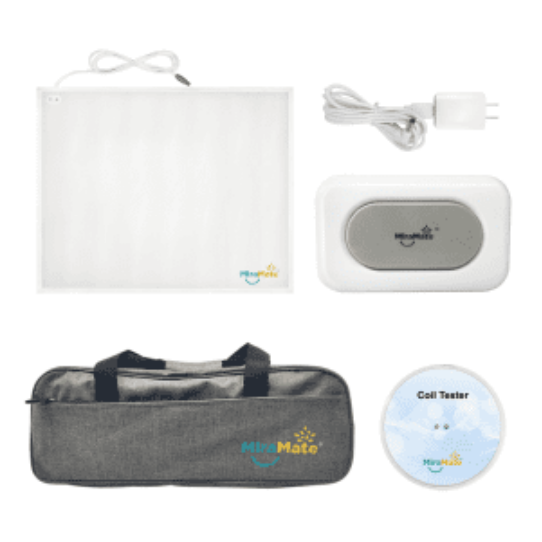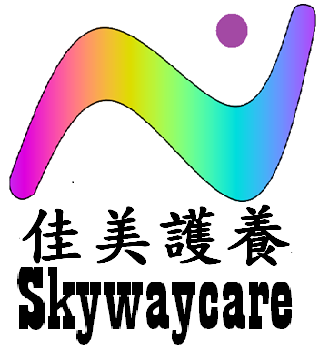
People with back pain typically experience pain when lifting or bending over, and sometimes the pain persists even when sitting or standing. The two most common causes of back pain, lumbar strain and disc herniation, are specifically differentiated as follows:
- Lumbar Strain – A lumbar strain can occur when the muscles become stiff from holding one position for a long time without movement, so people who sit at a desk for long periods of time, especially those with poor posture, are more likely to develop a lumbar spine strain. Unfortunately, lumbar strains are difficult to locate, and there is no noticeable pain when pressing on the back. However, you are more likely to experience dull pain in specific locations, for example, when bending over, you may feel more pronounced pain from both sides of the lumbar spine. Another feature of lumbar strain is that the pain may lessen after a period of rest. On the other hand, however, it can worsen after stressing the muscle during work.
- Herniated Disc – How does a herniated disc form? The soft tissues that connect the spine are called discs, and if the discs are squeezed and come out of the gaps between the bones, they can compress nerves and cause back pain, also known as a herniated disc. Common symptoms of a herniated disc include persistent dull pain in the lumbosacral region and numbness in the lower body. Pain from a herniated disc may be mild or acute and intolerable depending on the situation, and may become worse when you cough, sneeze, or have a bowel movement.

The most common differences between a lumbar strain and a herniated disc include:
- Lumbar strains generally have little effect on mobility, while herniated discs often cause some degree of difficulty in bending over.
- Pain from a lumbar strain generally comes from both sides of the spine, while pain from a herniated disc occurs near the middle of the spine.
- Their symptoms are also not similar. Symptoms of a lumbar strain usually include only back pain, but a herniated disc has more symptoms, such as numbness.
To avoid lumbar strain and disc herniation, follow these recommendations:
- Avoid bending over – One way to avoid back injuries when lifting things is to avoid bending over, the correct way is to bend your knees and squat to lift them up.
- Maintain good posture – Stand or walk with shoulders back, chin up and chest out, sit up on your feet, and sleep on your side on a firm mattress.
- Choose the Right Shoes – Heels, cowboy boots and flip flops can cause stress and damage to your back, so if you’re walking, jogging or running for your workout, spend some time and money researching and purchasing the right footwear.
- Stretching before and after exercise – Warming up and cooling down muscles is important to keep injuries away.
MiraMate Big Magic is a popular PEMF device for lumbar strain and disc herniation. MiraMate PEMF therapy recharges damaged cells, stimulates cell and tissue healing, and sends pulses of energy to the back area for pain relief. It also promotes regeneration of bone and connective tissue. What’s more, PEMF therapy stimulates blood flow in your body, strengthening blood vessels, delivering enough oxygen to cells, promoting healthier blood circulation, and reducing back pain. The Big Magic comes with a comfortable cushion that is especially helpful for lumbar strains and herniated discs, the cushion is long enough to cover the entire back, so you can place it under the sheet for an overnight treatment and your back pain will naturally improve.


